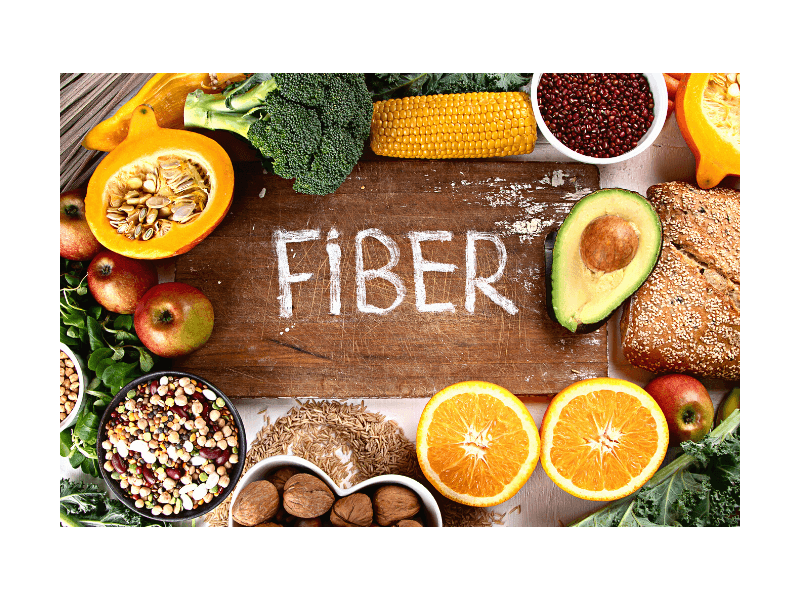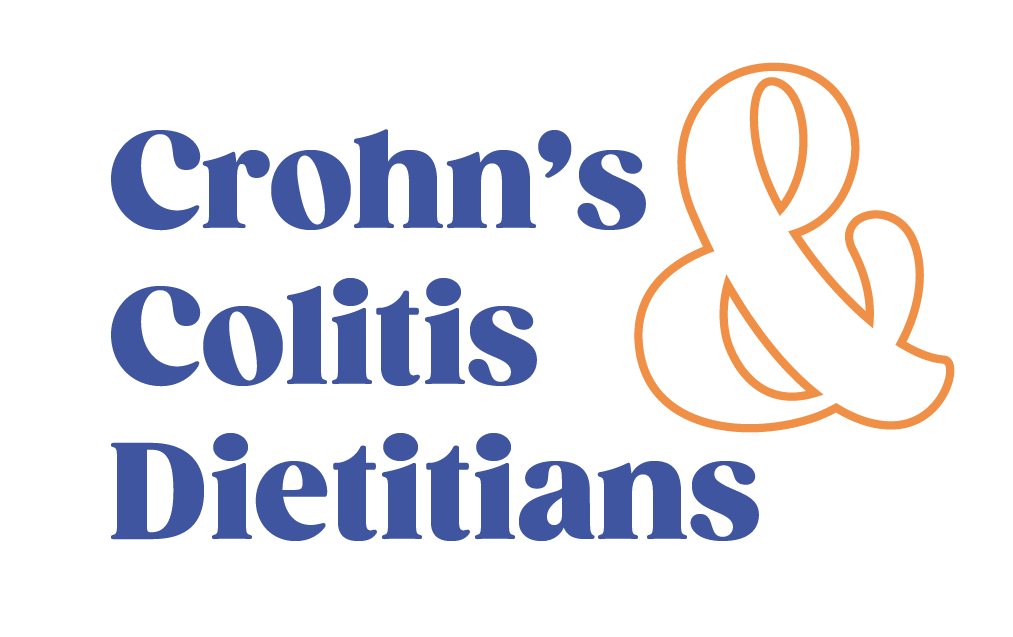When you have IBD, it can be difficult to know what foods to eat and which to avoid. Different foods can trigger flare-ups whereas some can aid in the reduction of inflammation.
And what’s more, not all people will have the same reactions. What works for you may cause discomfort for someone else with IBD and vice versa.
Because of this, there is a lot of misleading information online about which diets are best for Crohn’s and ulcerative colitis. One of the most common we see talked about is a low residue diet, which predominantly limits your intake of fiber.
But is there actually any evidence that avoiding fiber helps with inflammatory bowel diseases? As licensed dietitians and IBD specialists, we’re not convinced.
Read on to discover why a low residue diet isn’t always the best course of action for IBD.
Low Residue Diet for IBD
What is a low residue diet?
A low residue diet restricts your intake of high-fiber foods that are thought to be harder to digest or that stimulate the gut. When a low residue diet is followed, it is limiting fiber intake to 10-15 grams a day.
Fiber is a type of carbohydrate that contains undigested residue. These remains of fiber go into the stool and are what normally help us to avoid constipation and maintain bowel health. However, it is thought by some that this residue can trigger symptoms for those with IBD.
The goal of a low residue diet is to limit the number of indigestible fibers that enter the gut, making the digestive tract do as little work as possible and therefore reducing your chances of bowel movements and symptoms.
Foods excluded in a low residue diet include:
- Raw fruits and vegetables
- Whole grains including bread, pasta, rice, and cereal
- Dried fruit such as figs and prunes
- Popcorn
- Certain cooked vegetables including greens (broccoli, sprouts, cabbage), onions, squash, and peas
- Caffeine
- Fruit juice with bits
- Nuts, seeds, lentils, and beans
- Olives or pickles
- Spicy foods
- Chocolate
Yep… it’s a pretty long list with some rather delicious foods we’d rather not give up! It also involves cutting out a large portion of essential nutrients that your body needs to function.
Typical foods found in a low residue diet include white rice, puffed rice, pureed or cooked fruits or fruits without seeds or skin, white breads, meats, fish, eggs, dietary fats, and plain cereals like rice krispies, and corn flakes.
But is it worth it and does a low residue diet actually work?
Low Residue Diet for IBD
This type of diet is often recommended as a short-term control method for patients with IBD who experience chronic symptoms such as diarrhea, stomach cramps, excess gas, or bloating. It makes sense right? Fewer bowel movements… less chance of flare-ups.
However, this isn’t the case. Reducing symptoms doesn’t mean that inflammation is reduced. Also, there is no evidence that a low residue diet reduces inflammation for IBD patients.
In fact, more studies from reputable organizations show the opposite. This is surprising due to the worrying amount of online content (and medical advice) that says otherwise.
Here’s what we actually know…
- Patients with IBD who eat a normal amount of fiber are 40% less likely to have a flare-up than those avoiding high fiber foods.
- A low intake of fiber actually increases your risk of developing Crohn’s, Ulcerative Colitis, and colorectal cancer.
- Fiber is vital for fueling our good gut bacteria and helping it to produce butyrate which reduces inflammation and repairs damage in the digestive tract.
It’s therefore advised to not only avoid low residue diets in the long term but to consume some amount of fiber every day to promote good health.
Why a low residue diet doesn’t always work
Where a low residue diet is going wrong is in its categorization of fiber. Not all fiber is the same. There are in fact many different types that vary in how they support the body and impact symptoms.
Two key types include soluble fiber and insoluble fiber – these each have an important role in how our gut operates, allowing it to soak up excess moisture (and therefore reduce diarrhea) as well as cleanse unwanted bacteria.
If you find fiber hard to digest, you probably need to change the type of fiber you’re consuming rather than remove it altogether. Try root vegetables such as squashes and zucchini or add soluble gelling fibers to smoothies.
Learn more about fiber and IBD in our myth-busting guide.
So what should you eat?
You’ve probably often been told that there’s no universal one-size-fits-all diet for people with IBD and “everyone is different”. While this is true, this doesn’t mean we don’t know a lot already about how to support IBD patients.
In fact, we know quite a bit now about how the foods we eat, targeted supplementation & addressing key deficiencies can impact IBD.
In short, we know that:
- Plants and omega 3 rich foods are pretty important for helping our bodies support inflammation reduction and improve symptoms
- Having a diverse diet full of variety & plant fibers leads to less inflammation and fewer complications
- Certain (but not all) supplementation can be helpful in helping reduce inflammation & helping reduce symptoms
- Certain deficiencies if not addressed can be a roadblock to getting to remission
- Avoiding too much restriction & inflammatory diet patterns can improve outcomes
Some of the guidance above will vary based on your diagnosis, location of inflammation, and type of symptoms. However, whether you’re experiencing a flare-up or managing day-to-day life, the right nutrition plan can help reduce symptoms and improve your chance of remission.
Find out more about what to eat with ulcerative colitis and the best Crohn’s friendly foods.
Snacks for Crohn’s Disease or Ulcerative Colitis
Coming up with meals and snacks for IBD can be challenging upon initial diagnosis. We hope that the blog posts above were a helpful start as to what foods to include more of in your week. If you are looking for specific IBD friendly snack ideas, here are some of our favourites!
- Hummus and whole grain crackers
- Toast with your favorite nut butter and hemp hearts
- Banana with peanut butter and melted dark chocolate
- GoMacro Bars
- Salmon jerky from Epic
- Plant-based yogurt with granola
Find a diet that works for you
If you find yourself restricting your diet, or confused about what to eat then it’s time to get help. Having IBD doesn’t mean you need to cut out your favorite food or follow a strict meal plan.
At Crohn’s and Colitis Dietitians, we specialize in helping IBD patients reach symptom remission through expert nutritional therapy. We’ll teach you how to reduce your risk of flare-ups, increase your tolerance to new foods, and most importantly, get more peace with food.
Sign up now to join our IBD program and start enjoying food again today!




I have had Crohns my whole life and I’m 77 years old. I’m looking very closely at your recommendations.
Glad to hear it! Let us know how we can support you further.
I liked your blog very much and this is an information blog. Thank you
Thank you for this information. I enjoy reading your blogs.
Thanks Alby!